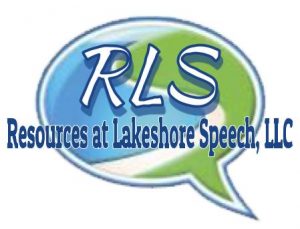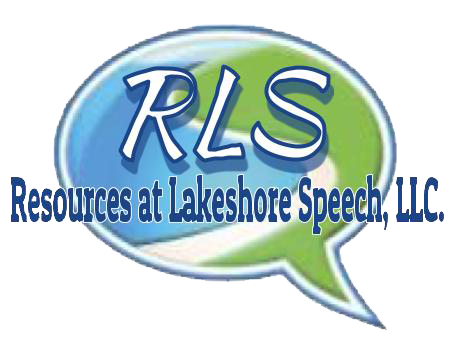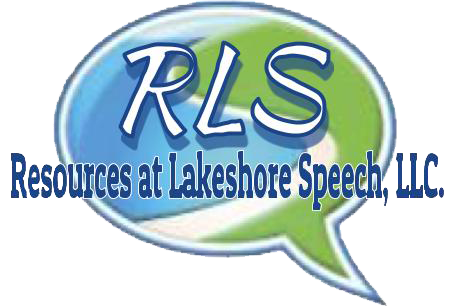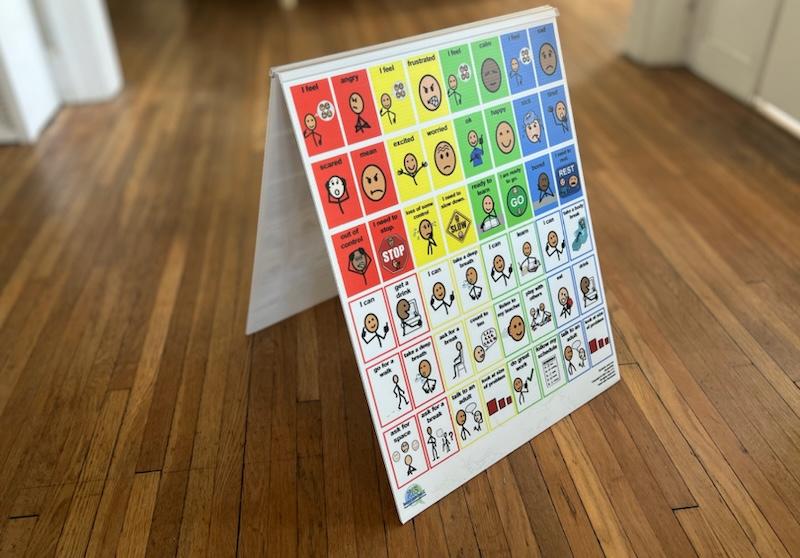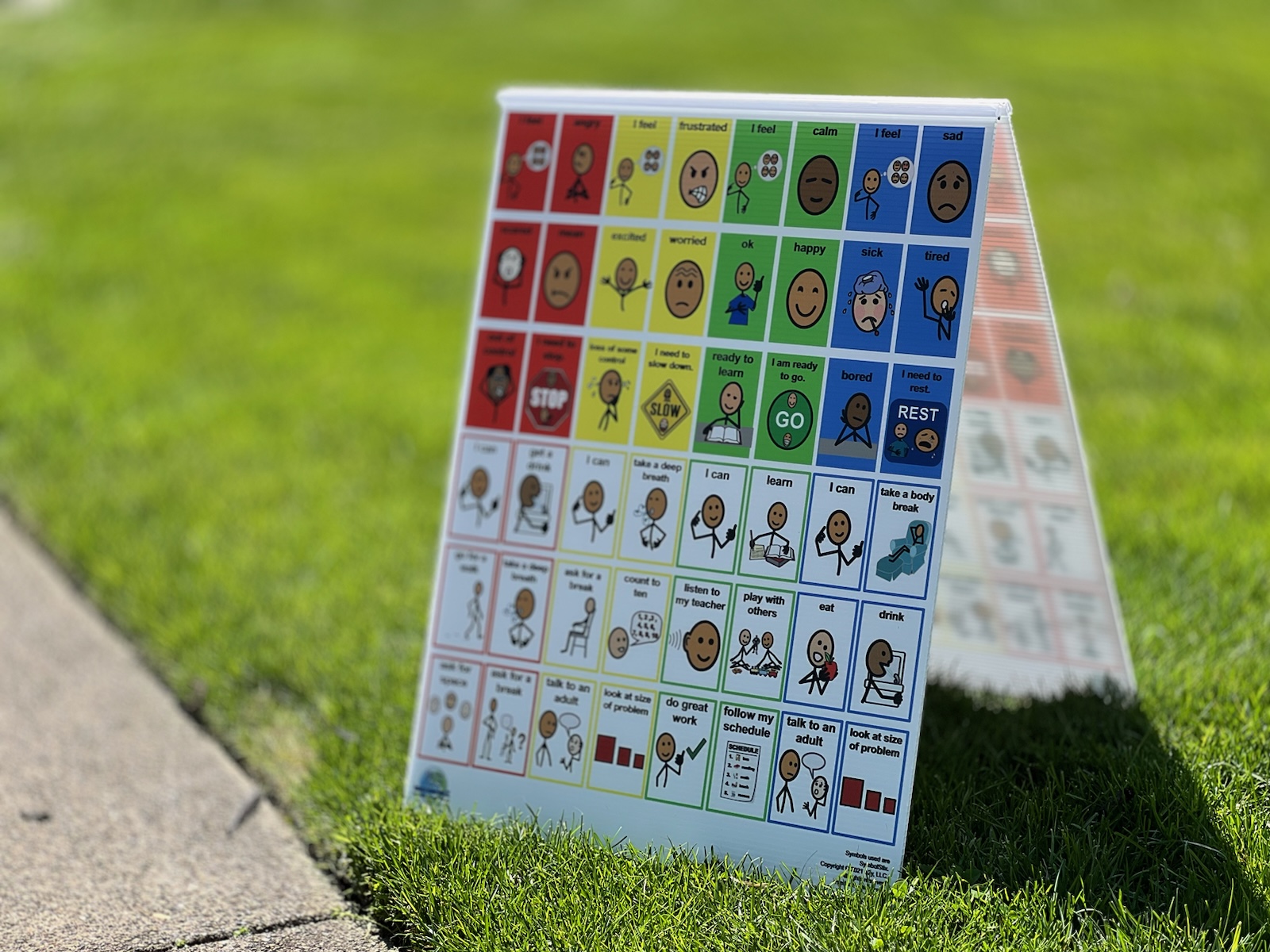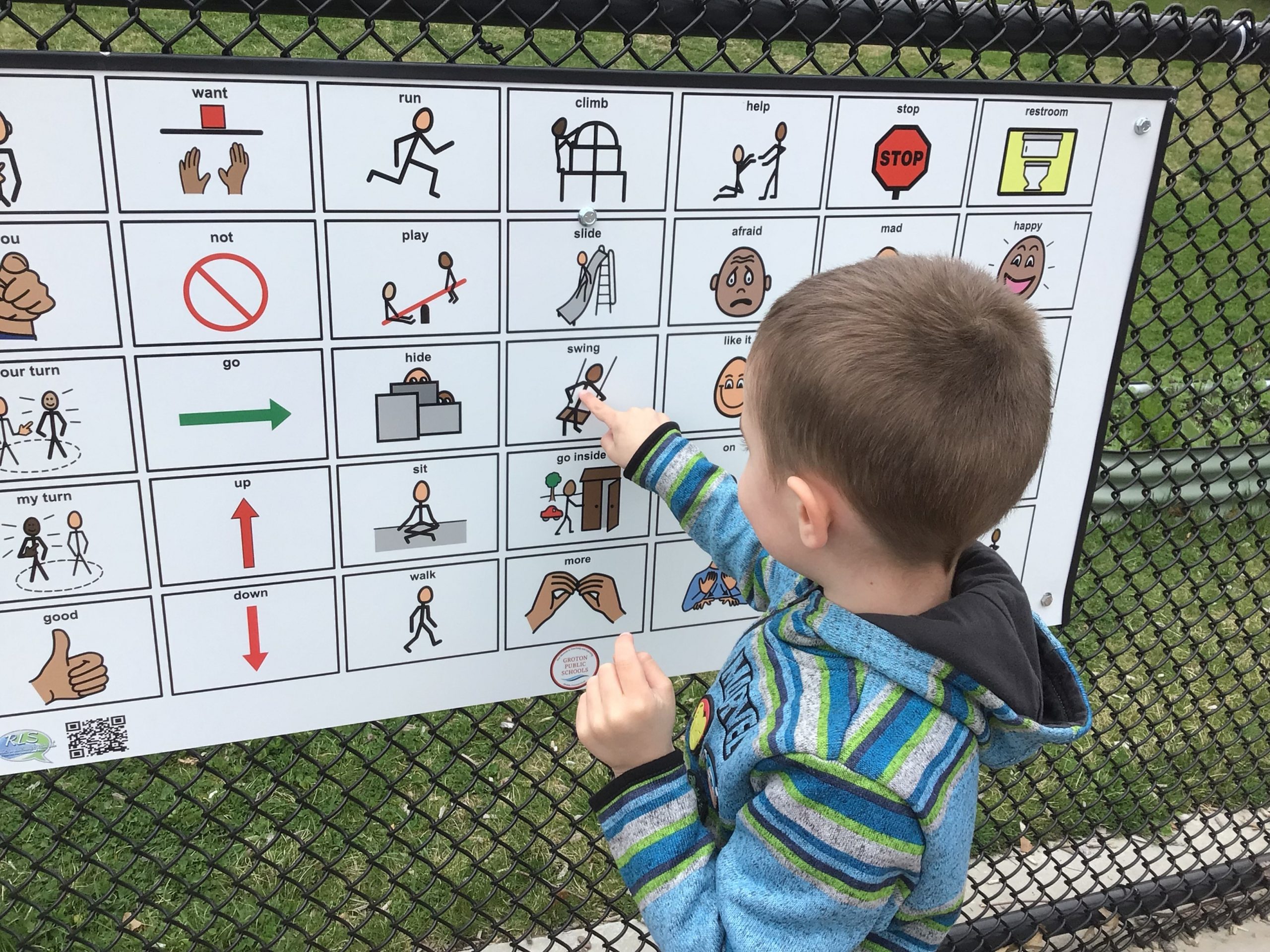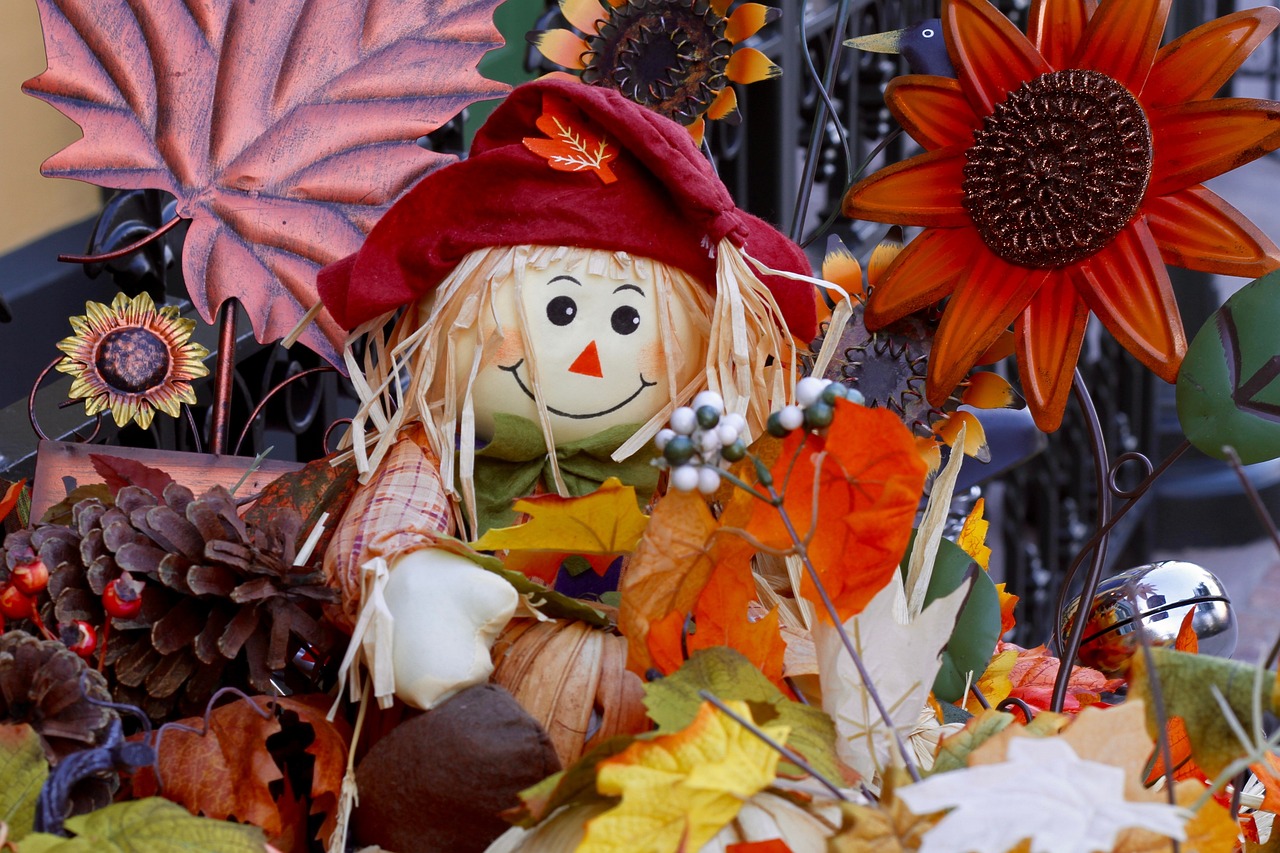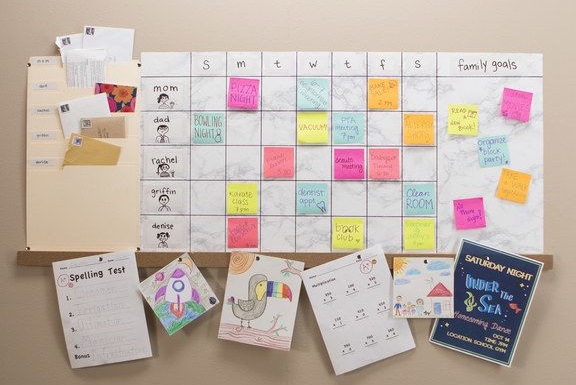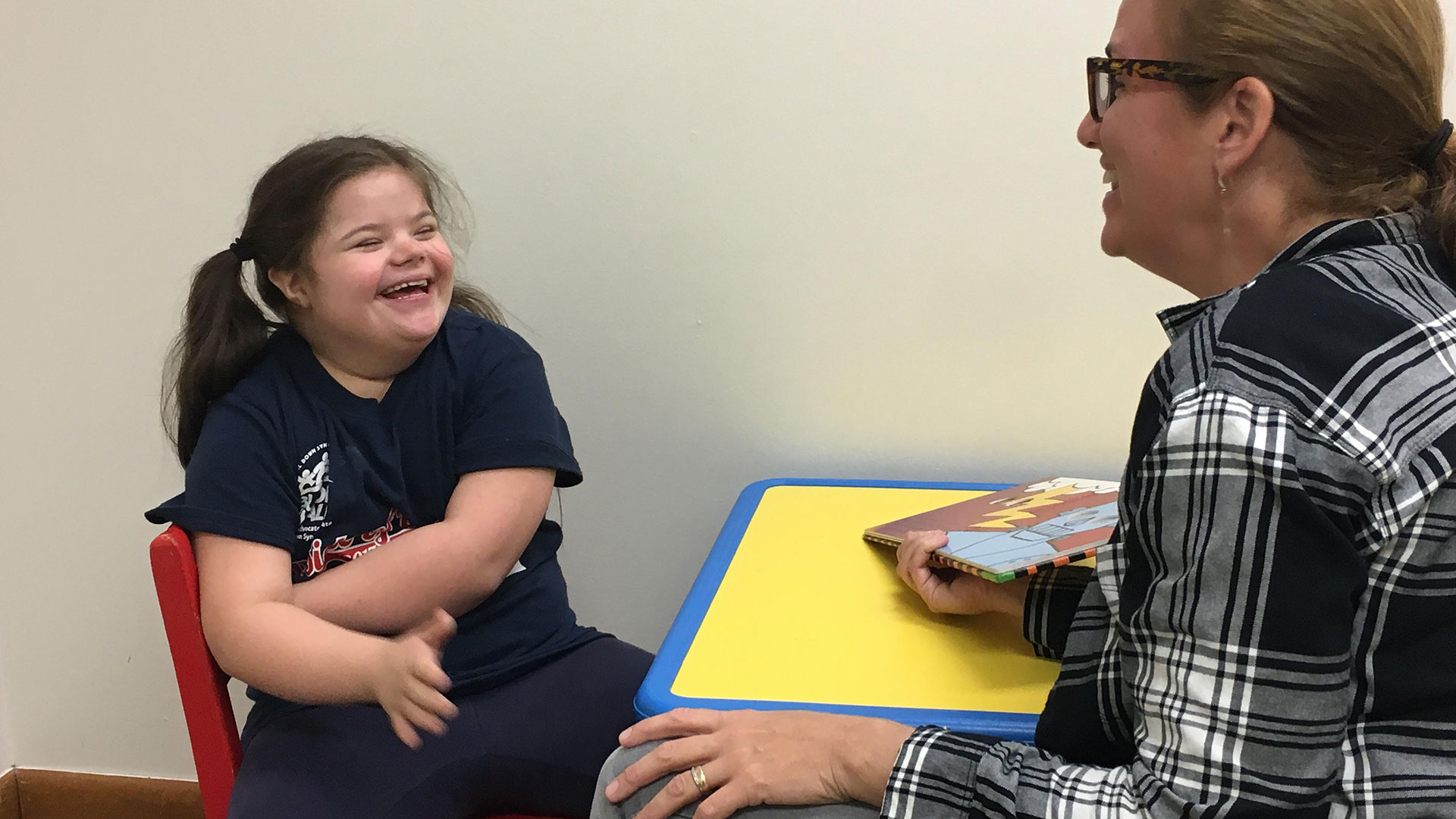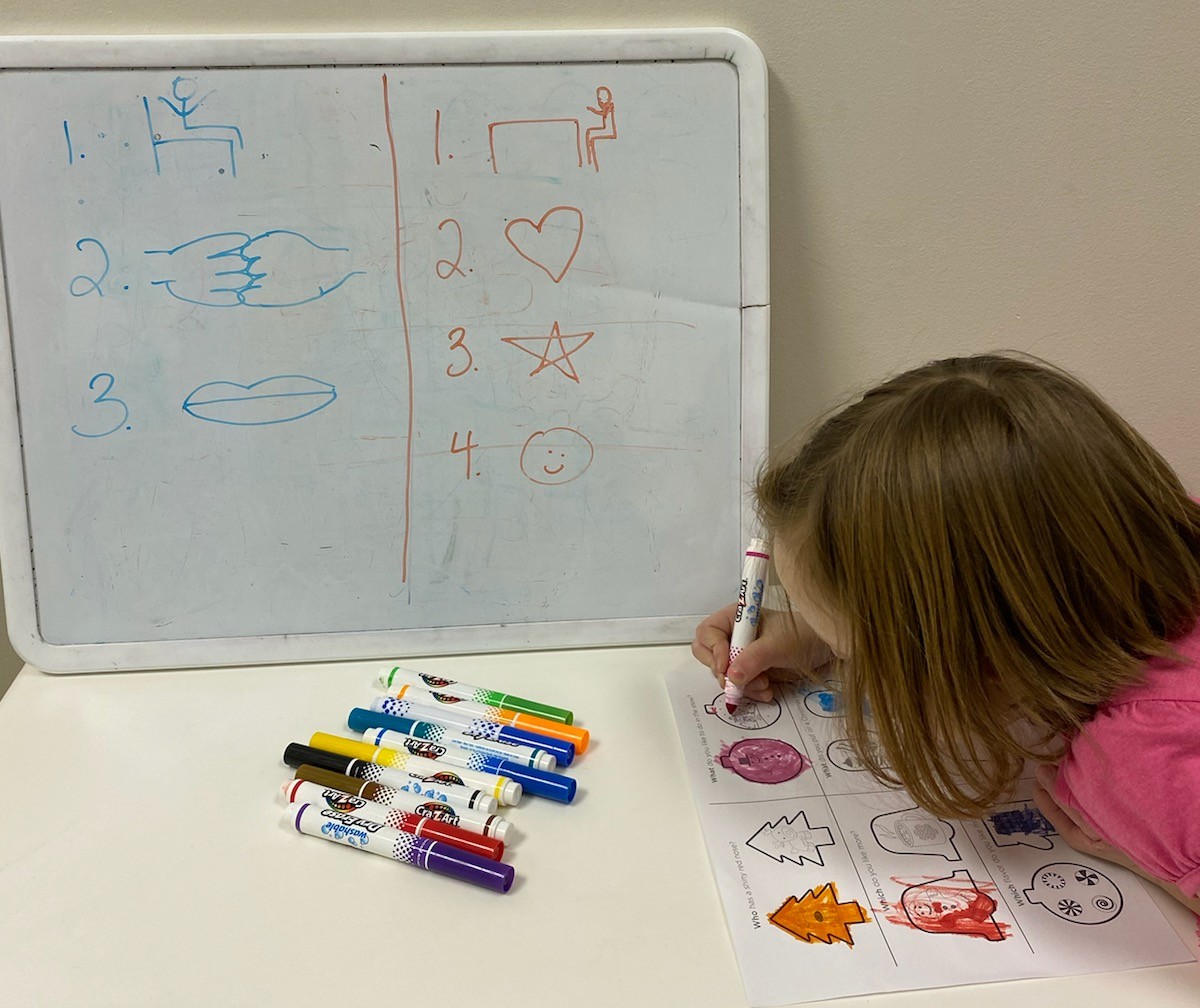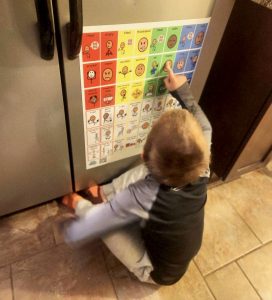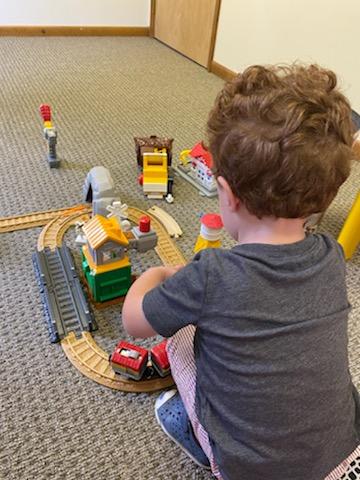Struggling with meltdowns? Emotional regulation boards help kids & adults express feelings, prevent overload, and boost communication when words are hard.
Continue readingEmotional Balance Boards:How to incorporate at Home, School & Community
Discover how emotional regulation boards help individuals express emotions, build social-emotional skills, and develop coping strategies at school, home, and beyond.
Continue readingHow to Enhance Playground Safety: Communication Boards
What happens when a child faces an emergency on aplayground —like getting hurt or feeling lost—and struggles to communicate their needs? This is where playground communication boards become an essential tool for inclusion and safety.
Continue readingCelebrating Thanksgiving: 12 Tips to Support Children with Special Needs
For families with a child on the special needs, celebrating Thanksgiving may require some thoughtful preparation to ensure a comfortable and enjoyable experience. Here are some tips to help you prepare for a meaningful holiday celebration.
Continue readingHow to Survive After School Routines: A Guide for Parents
The after-school hours are a crucial time for reinforcing what your child has learned in school, but they’re also an opportunity for growth in other areas. We’ll share some practical tips to help you and your child navigate these busy hours.
Continue readingThe Importance Of Private Speech Therapy: Important To Consider
Many children receive speech therapy services at school, but onsidered augmenting these services with private speech therapy. In addition to school-based services, private speech therapy can make a significant difference in your child’s progress.
Continue readingNew School Year: A Guide for a Smooth Start
Preparing for a new school year can be both exciting and overwhelming. With a bit of planning and some practical tips, we can make this transition smoother and more enjoyable for both you and your child.
Continue readingHow To Help Navigate Emotions: Emotional Balance Communication Boards
How to Make Play an Important Part of the Day
Play is important at all stages of child development. Play is the ‘work’ of childhood.
Continue readingFollowing Your Schedule: How to get Back on Track
Holidays can be a time when the normal routine is disrupted. It’s time to get back on track and follow your daily routine.
Continue reading